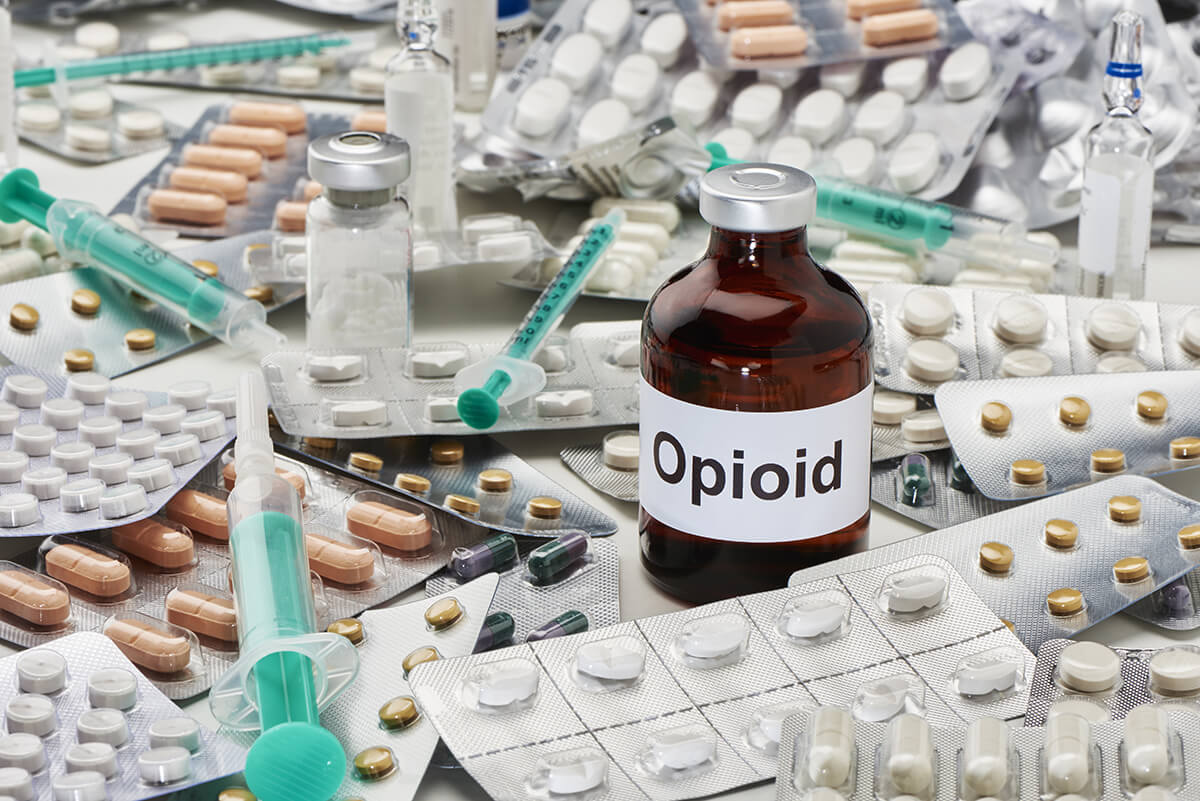You’re not alone if you’re considering substance abuse treatment for yourself or a loved one. The number of Americans suffering from substance abuse disorder is shocking. When we look at the substance abuse statistics, this information can help us combat addiction. If you or a loved one may be suffering from addiction, contact your local treatment center, such as Midwest Detox, today.
Touching on Substance Abuse Statistics
Substance abuse statistics are available through a wide variety of agencies. The information these agencies present touches on how many people abuse substances, which substances they’re abusing, ages of addicted individuals, and more. Let’s look at some substance abuse statistics highlights:
- Over 19 million Americans ages 12 and older suffered from substance abuse disorder (SUD) during 2017
- Nearly 70% of all adults suffering from SUD during 2017 also struggled with alcohol use disorder (AUD)
- Approximately 40% of American adults were combating an illicit drug use disorder during 2017
- Since the year 2000, over 700,000 overdose deaths have occurred
These statistics for substance abuse include alcohol, opioid, heroin, marijuana, tobacco, cocaine, methamphetamine, hallucinogen, and inhalant addiction. Each of these substances has different statistical rates. We’re going to look at the first three on that list.
Substance Abuse Statistics for Alcohol
Alcohol is the most widely misused of all the substances in America. However, alcoholism is typically left untreated. Here are some substance abuse statistics for alcohol:
- Throughout the world, alcohol abuse results in over three million deaths annually
- During 2018, 26% of Americans ages 18 and older reported engaging in binge drinking within the last month
- Over 14 million Americans ages 18 and older suffered from AUD during 2018
- Binge drinking happens twice as often in men than women
Substance Abuse Statistics for Opioids
Many doctors prescribe opioids for pain relief, but they’re abused due to their euphoric effects. Not only do opioids pose a high risk for addiction, but overdoses, as well. Let’s look at some substance abuse statistics for opioids:
- Over 130 Americans die daily after they overdose from an opioid
- During 2017, doctors issued over 190,000,000 opioid prescriptions
- Over two million Americans suffer from an opioid use disorder
- Approximately 10% of people who misuse opioids develop an addiction
Substance Abuse Statistics for Heroin
Heroin, especially when it’s mixed with fentanyl, is one of the major contributors to the country’s opioid crisis. Not only is heroin a powerful drug, but it’s also incredibly addictive. Those who abuse this illegal drug are at a high risk of overdosing. Let’s look at the substance abuse statistics for heroin:
- Nearly 500,000 Americans ages 12 and older use heroin regularly
- Nearly 900,000 Americans tried heroin at least once during 2017
- Approximately 25% of heroin users develop an addiction
- During 2017, more than 15,000 Americans died after overdosing on heroin
If you or a loved one struggles with heroin abuse, reach out to the heroin detox center in Ohio today.
What We Can Learn from Substance Abuse Statistics
Reading through substance abuse statistics teaches a lot about what the government is doing about substance abuse and its dangers. We also learn about who is more susceptible to substance abuse disorders or developing an addiction. For example, the Controlled Substances Act (CSA) is a law regulating the country’s legal and illegal drug use. The CSA categorizes drugs into various “schedules” according to how dangerous it is and if there’s a potential for dependence.
Seek Help from Midwest Detox Center Today
Many substance abuse statistics outline a person’s likelihood of developing an addiction or dependence. That could be due to genetics or, in the case of binge drinking, gender. After reading this information, you might have concerns about your substance use, or the usage of a friend or loved one.
No one should have to experience these concerns without support. Contact Midwest Detox Center 833.647.0392 to learn more about treatment, support, and other ways we can help.
Sources
Substance Abuse and Mental Health Services Administration, 2017 NSDUH Annual National Report, https://www.samhsa.gov/data/report/2017-nsduh-annual-national-report
—Results from the 2010 National Survey on Drug Use and Health: Summary of National Findings, https://www.samhsa.gov/data/sites/default/files/NSDUHNationalFindingsResults2010-web/2k10ResultsRev/NSDUHresultsRev2010.htm
Centers for Disease Control and Prevention, America’s Drug Overdose Epidemic: Data to Action, https://www.cdc.gov/injury/features/prescription-drug-overdose/index.html
–Heroin Overdose Data, https://www.cdc.gov/drugoverdose/data/heroin.html
–Understanding the Epidemic, https://www.cdc.gov/drugoverdose/epidemic/index.html
–Binge Drinking, https://www.cdc.gov/alcohol/fact-sheets/binge-drinking.htm
World Health Organization, Alcohol, https://www.who.int/news-room/fact-sheets/detail/alcohol
National Institute on Alcohol Abuse and Alcoholism, Alcohol Facts and Statistics, https://www.niaaa.nih.gov/publications/brochures-and-fact-sheets/alcohol-facts-and-statistics
South Dakota State Medical Association, The Opioid Epidemic: 2018, https://www.sdsma.org/docs/pdfs-new_site/Center/Presentations/Opioids-Diversion,%20Addiction%20and%20Treatment%20-%20201806019.pdf
Alexander M. Dydyk; Nitesh K. Jain; Mohit Gupta, Opioid Use Disorder, https://www.ncbi.nlm.nih.gov/books/NBK553166/
American Society of Addiction Medicine, https://www.asam.org/docs/default-source/advocacy/opioid-addiction-disease-facts-figures.pdf
United Nations Office on Drugs and Crime, Drug Statistics and Trends, https://www.unodc.org/documents/wdr/WDR_2010/2.0_Drug_statistics_and_Trends.pdf
Office of the Surgeon General, Facing Addiction in America, https://addiction.surgeongeneral.gov/sites/default/files/surgeon-generals-report.pdf







